Asian Citrus Psyllid (ACP) & Huanglongbing (HLB)
What is ACP & HLB
AsianCitrusPsyllid1 The Asian citrus psyllid (ACP) is a pest that acts as a carrier or vector spreading "huanglongbing" (HLB). Huanglongbing (HLB) is one of the most devastating diseases of citrus in the world. Once infected, there is no cure for disease and infected trees will die within ten years.
ACP has been found in San Joaquin County in Lodi and Manteca.
What can you do to help prevent the spread of ACP & HLB
- Do not move citrus plants, plant material or fruit in or out of the county (or city to city), across state or international borders.
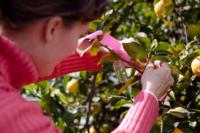
- Do not take samples of your citrus leaves to the Master Gardeners, Ag Commissioner or local nurseries.
- Homeowners should inspect trees for the ACP whenever watering, spraying, pruning or tending trees. Slowly walk around each tree and inspect the new growth.
- If planting new trees, purchase trees from reputable, licensed California nurseries.
- Use only registered budwood that comes with source documentation.
Invasive Pests in CA
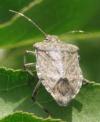
Important Contact Numbers
If you think you have ACP in your yard please contact the CDFA hotline at 1-800-491-1899 or the San Joaquin County Agricultural Commissioner Office at 209-953-6000.
If you have questions or would like more information about ACP please contact the Master Gardeners at 209-953-6112
Frequently Asked Questions
What does the insect look like?
The Asian citrus psyllid adult is tiny - the size of an aphid (see photo above). The wings are brown along the edge, with a clear area. The psyllid feeds with its rear end tilted up at a 45o angle, making the insect appear almost thorn-like on leaves and stems. The tilted body and wing pattern is unique to this pest.
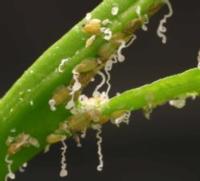
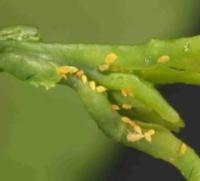
What does the disease look like?
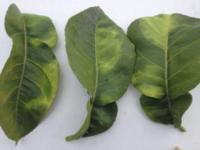
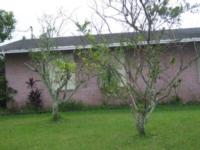
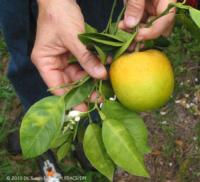
Information and pictures about ACP & HLB from the UC Asian Citrus Psyllid Distribution and Management and the UC IPM sites.


